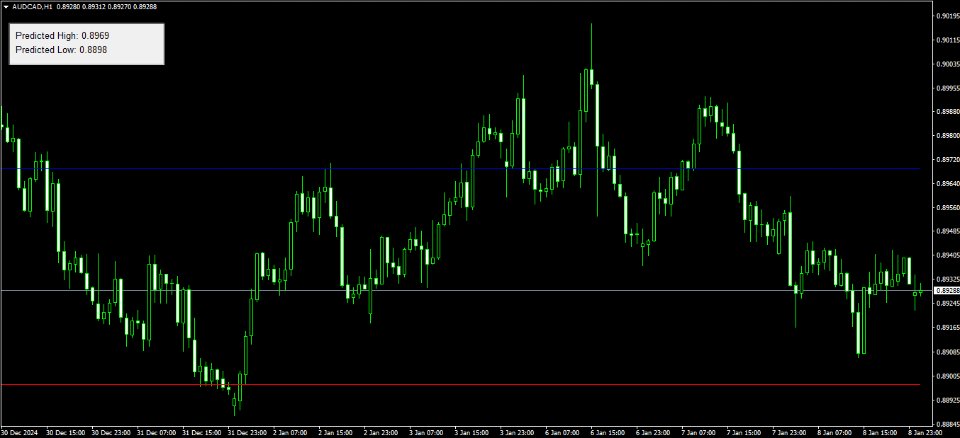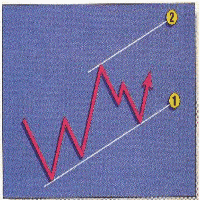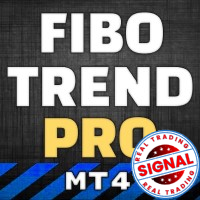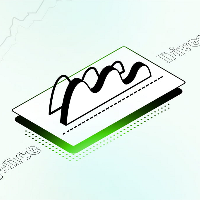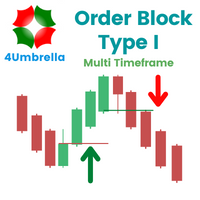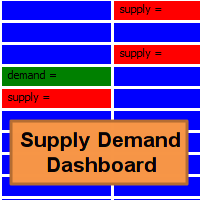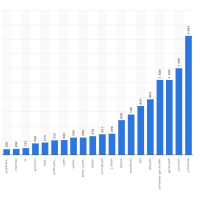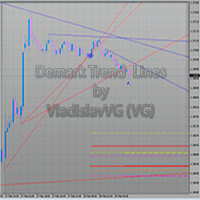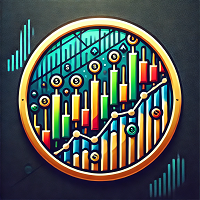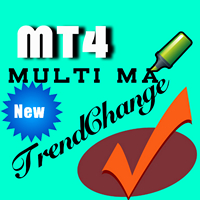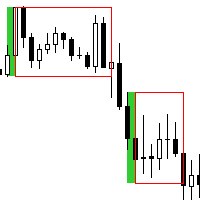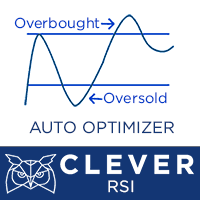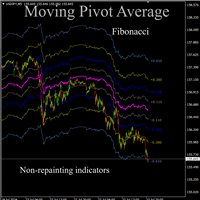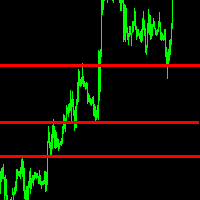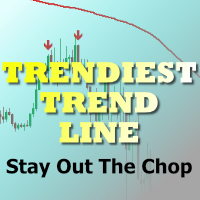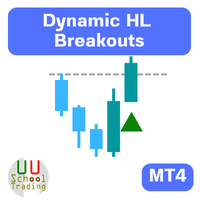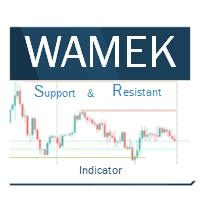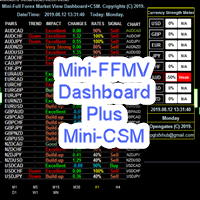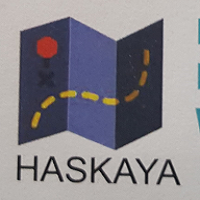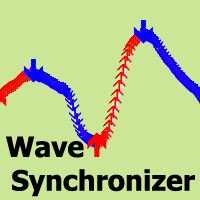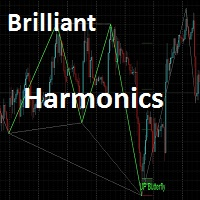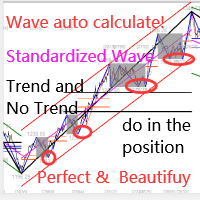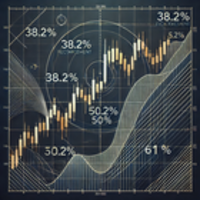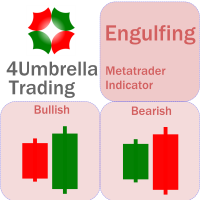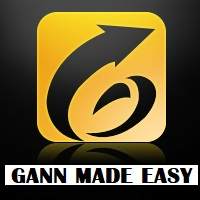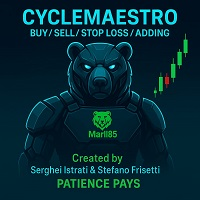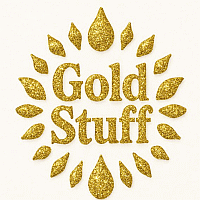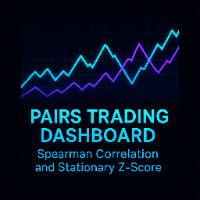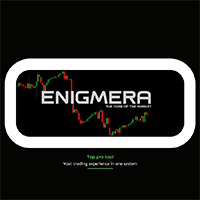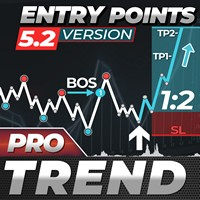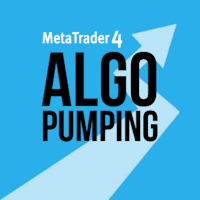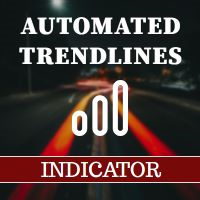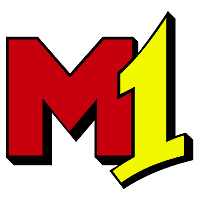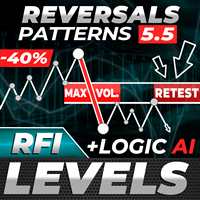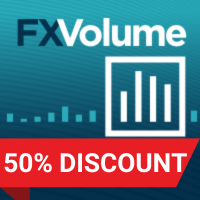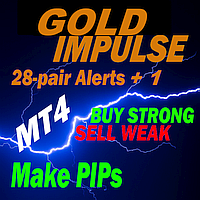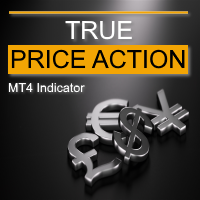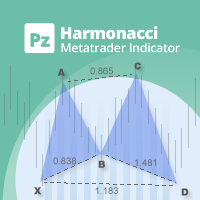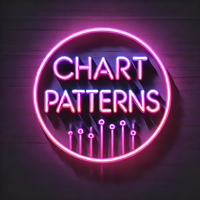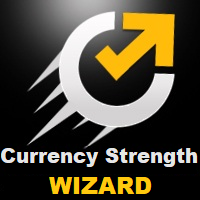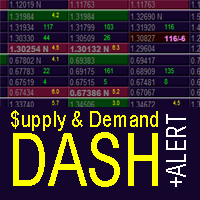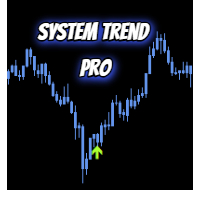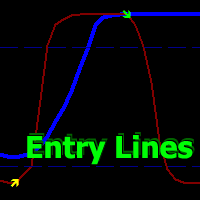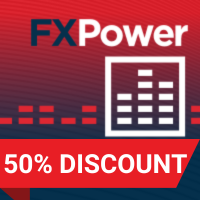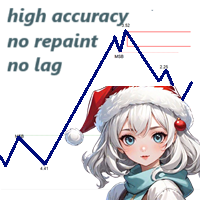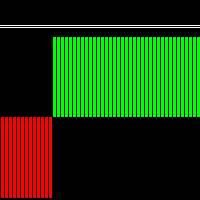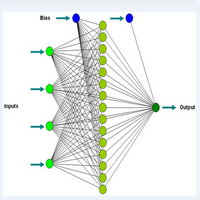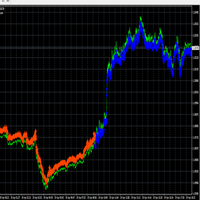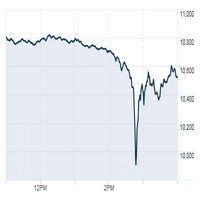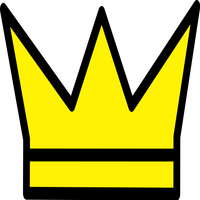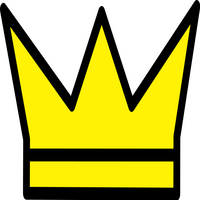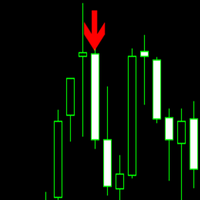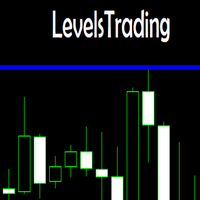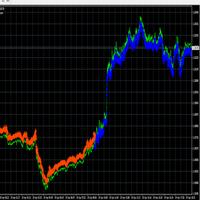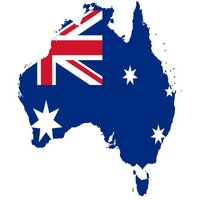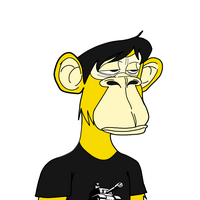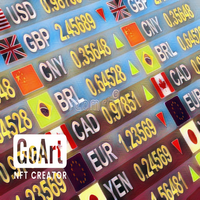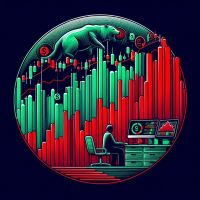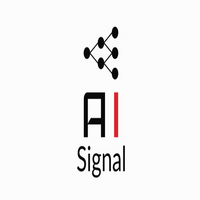High Low Predict
- インディケータ
- Thomas Bradley Butler
- バージョン: 1.0
- アクティベーション: 5
This indicator is designed to help you forecast the potential high and low prices for the current trading day, based on the high and low of the previous day. It does this by applying a customizable percentage increase or decrease to those levels.
How It Works:
The idea is simple: It looks at the previous day's high and low prices and then adjusts them by a percentage you choose. Here's what that means:
- Predicted High: This is calculated by taking the high price of the previous day and adding a percentage increase to it.
- Predicted Low: This is calculated by taking the low price of the previous day and subtracting a percentage decrease from it.
Let's say the high of the previous day was 1.2000, and the low was 1.1800. If you set the Predicted High Percentage and Predicted Low Percentage both to 0.1%:
- The Predicted High will be calculated as:
- 1.2000 + (1.2000 * 0.1%) = 1.2000 + 0.0012 = 1.2012.
- The Predicted Low will be calculated as:
- 1.1800 - (1.1800 * 0.1%) = 1.1800 - 0.0012 = 1.1788.
These levels are what the indicator shows you for the current day, and they serve as possible boundaries for price movement.
How to Use the Indicator:
-
Set the Percentages: The key part is setting the right percentage for the predicted high and low. Typically, if the market is calm, you'd use smaller percentages. For a more volatile market, you might go higher.
-
Apply the Indicator: Once the indicator is applied, it will display the predicted high and low levels for the day. You’ll use these levels to anticipate where the price might go.
-
Monitor Price Action:
- If the price approaches the predicted high, it might suggest the price is trending upwards, and you might see more bullish movement.
- If the price is near the predicted low, it could indicate a bearish move.
-
Adjust for Market Conditions: If there’s big news or market volatility, you may need to tweak the percentage values. More news-driven days usually mean larger price swings, so increasing the percentages would help.
Example Use:
-
Range Trading: If you think the price is going to stay within a certain range, use the predicted high and low levels as your guide. For instance, if the price reaches the predicted high, it might be a good point to sell, expecting the price to fall back down. Similarly, if the price hits the predicted low, it could be a good time to buy.
-
Breakout Trading: If the price breaks above the predicted high, you might enter a buy trade, expecting the price to keep going up. If the price breaks below the predicted low, it might be time to sell.
Stop Loss and Take Profit:
You can also use the predicted high and low to set your Stop Loss and Take Profit levels:
- For a buy order, set your Stop Loss just below the predicted low and your Take Profit near the predicted high.
- For a sell order, set your Stop Loss just above the predicted high and your Take Profit near the predicted low.
How to Choose the Right Percentage:
Choosing the right percentage depends on how volatile you think the market will be. You want the percentages to reflect expected market behavior:
- If you’re trading in a calm market, keep the percentages low.
- If you’re expecting higher volatility (e.g., during major news events), increase the percentage.
Why Use It?
This indicator can be useful for predicting price levels based on recent price action. It gives you a clear range to work within, helping you make informed decisions about where to place trades. You can use it for a variety of strategies, whether you're range trading, breakout trading, or setting your risk levels.
But remember, like any tool, it's not perfect. It’s based on past price data, so it doesn't account for sudden market shifts. Always use this indicator alongside other analysis tools to increase your chances of success

